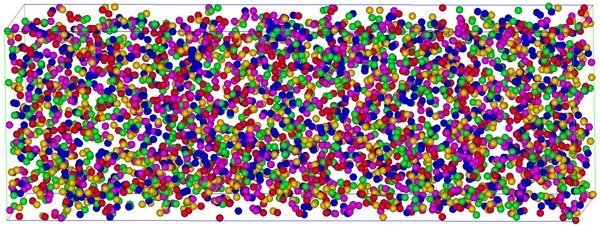In this EU Horizon project, we at MPIE, will focus on the sustainable pre-reduction of manganese ores with hydrogen, especially the kinetic analysis of the reduction process using thermogravimetry analysis and an in-depth understand the role of microstructure and local chemistry in the reduction process.


